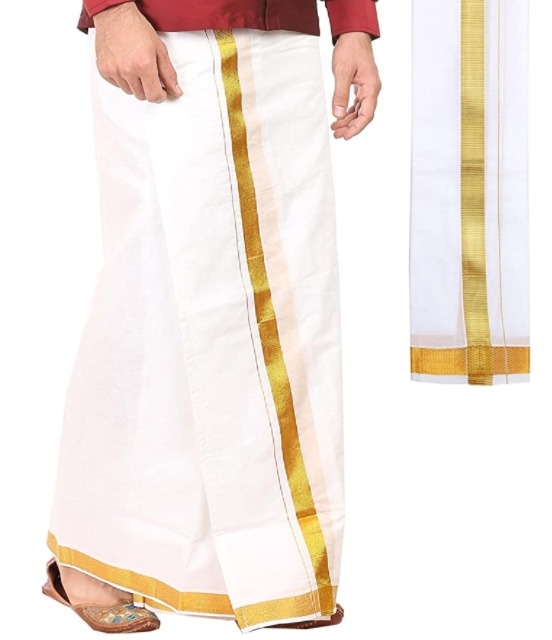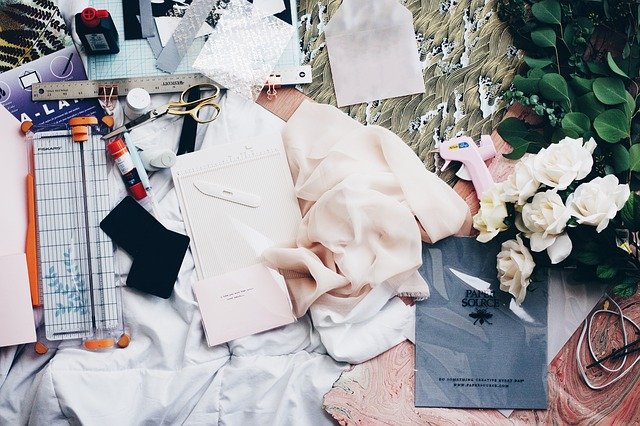The dhoti is a garment that is worn by men in the Indian Subcontinent. It consists of a sheet of cloth (usually cotton) which is draped around the lower body and then gathered at the waist. It’s typically worn with a kurta or lungi (also known as langot). Dhoti was common to wear for men until recent times, but are now worn mainly in rural areas.

The word dhoti derives from “dhotar”, meaning anything that covers or protects one’s modesty, such as clothes, sheets etc., and was originally used to refer to an undergarment.
A dhoti is usually taken to be a full-length garment worn by men. However, the term is sometimes used for a loincloth (worn around the waist and covering the genitals) and in this case, its name is “langot”.
A dhoti is usually four cubits (more than 3 meters) long and one cubit wide or more depending on the requirements of the wearer. It can be any color but white, grey or black are most common. The cloth often bears an embroidered traditional design such as stripes at each end.
Other styles include plaid prints like lungis, plain cotton with prints for use at weddings, and tailored woolen fabric styles from Kashmir.
The dhotis should not have any stitches at the part where you have to fold it when wearing it. Also, the dhoti should not be worn very low, as that would make it resemble a lungi; which is worn by women and thus considered inauspicious for men to wear in parts of North India.
The manner in which a dhoti sits on the waist may vary between individuals and regions. In most Indian communities, the end of the dhoti is tucked neatly between the legs and it hangs straight down; however, in some communities (such as Gujarati) it has also become fashionable to tie up one end of the dhoti like a shirttail, while at other times (such as weddings) men might tuck half of their dhoti into their underwear before folding the overhanging cloth back over their shoulder.
The dhoti is especially well adapted to hot climates as it allows freedom of movement and also provides protection against harsh climate conditions. It can be washed easily by hand or in a washing machine. It is considered very comfortable during hot summers but may feel slightly cool during winters. To prevent wrinkling, most people iron them when they are freshly washed and still damp.
Dhotis are the traditional dress for men in much of southern India, Odisha (formerly Orissa), Bangladesh, West Bengal, and Nepal where it has become an integral part of the local culture even today. There is some doubt about its original status in regions since there appears to be disagreement among authorities about the history of this garment.


